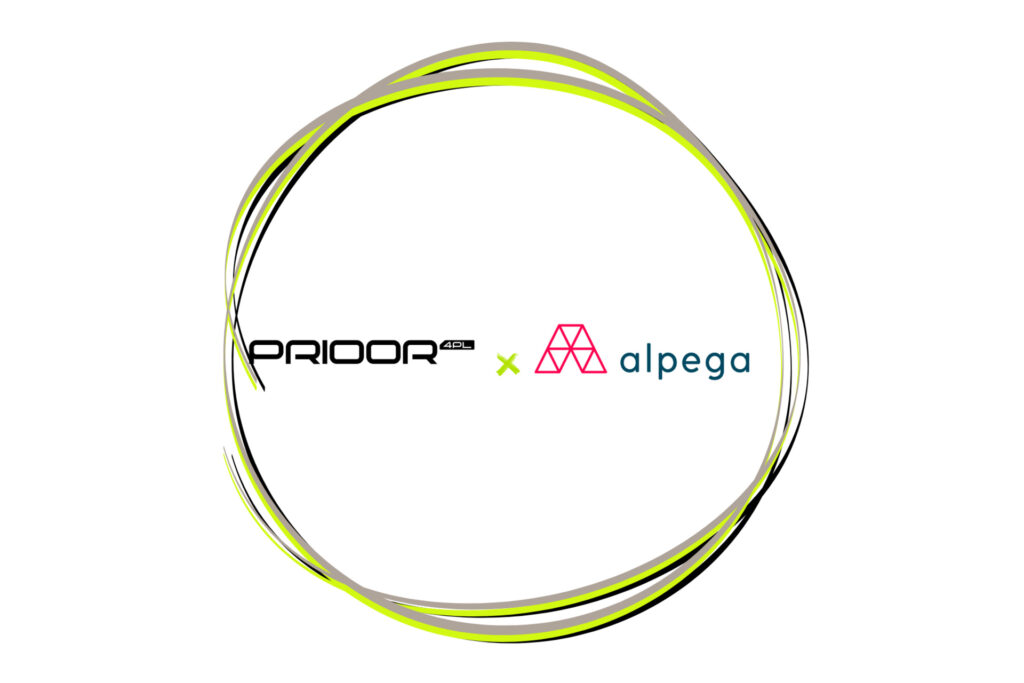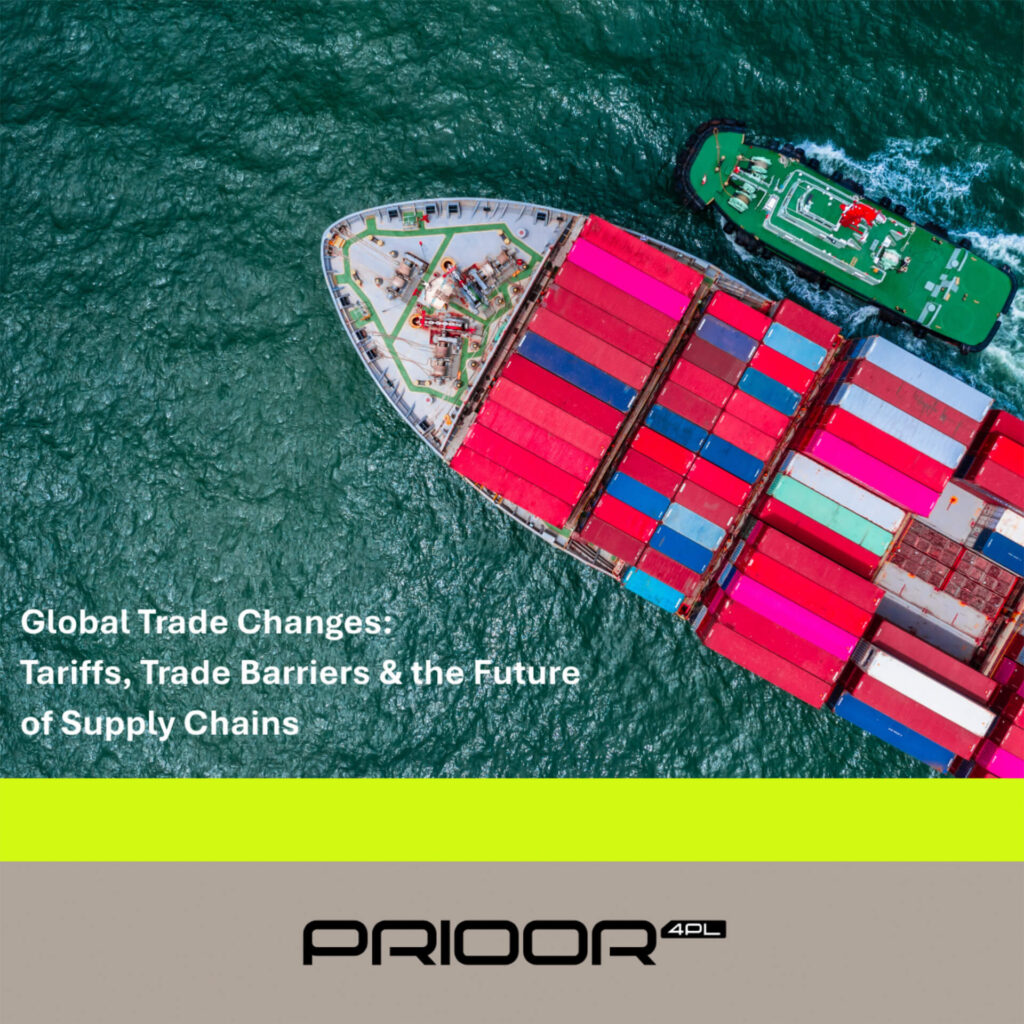The global trade landscape is shifting—fast. In an increasingly fragmented world, where geopolitics, regulation, and economics collide, businesses face a rising tide of trade barriers, tariffs, and compliance pressures.
At Prioor, we understand the real impact of these changes because we sit at the heart of global supply chains. As a 4PL partner, our job is to anticipate disruption, create resilience, and empower our clients to move forward—even when the rules keep changing.
The Macro Shift: From Globalization to Strategic Regionalization
The golden era of frictionless global trade is behind us. While global demand is still strong, the path from point A to point B is increasingly shaped by:
- Tariff wars and retaliatory trade policies
- Export controls and sanctions targeting entire sectors
- Local compliance and documentation requirements
- Increased customs checks and administrative bottlenecks
- Rising political risk in key corridors
We’re witnessing a clear shift toward regionalization, where companies diversify sourcing and production to reduce dependency on single trade routes or jurisdictions. The days of linear, cost-optimized supply chains are over. Now, it’s about flexibility, visibility, and control.

Trade Barriers: The Silent Supply Chain Disruptor
While tariffs make headlines, many of the most disruptive changes are happening behind the scenes. These include:
- Technical barriers to trade (TBT): Standards, testing, and certification requirements that vary country to country
- Sanitary and phytosanitary rules (SPS): Especially critical in food and pharma sectors
- Quotas, licensing, and import restrictions: Dynamic and often politically driven
For businesses moving goods across borders, even small regulatory shifts can result in weeks of delays, unplanned costs, and compliance exposure—especially without a strong logistics governance structure in place.
Tariffs: The Cost of Complexity
Tariffs, both general and retaliatory, now serve as instruments of economic and political influence. Their impact goes far beyond added cost—they drive:
- Changes in sourcing geography
- Restructuring of trade lanes
- The need for advanced customs planning and scenario modeling
For many of our clients, staying profitable means staying proactive. With trade rules constantly evolving, reactive strategies are no longer enough.
How Prioor Responds:
Strategy First, Execution Always
We don’t believe in one-size-fits-all logistics. At Prioor, we bring together technology, compliance expertise, and strategic insight to help our clients stay ahead of global trade volatility.
Here’s how we do it:
- Trade lane optimization: We assess and redesign routing to minimize exposure and maximize efficiency.
- Tariff impact modeling: Scenario-based analysis to understand cost implications before they hit your bottom line.
- Customs expertise: As an AEO-F certified operator, we navigate clearance with speed, accuracy, and priority treatment.
- Risk monitoring: Our platform provides live updates on trade restrictions, sanctions, and regulatory changes by region.
Our clients don’t just get a logistics provider—they get a partner who understands trade policy and how it affects their business strategy.
Looking Ahead: The New Logistics Advantage
In today’s climate, your logistics setup can’t be just operational—it must be a strategic asset.
Trade is becoming more complex, but with the right 4PL partner, complexity can become your competitive advantage.
At Prioor, we are building the next generation of resilient, compliant, and performance-driven supply chains. We don’t just move goods—we enable business growth, despite global uncertainty.
If you’re navigating global trade and unsure whether your logistics model is still fit for purpose, we’re here to help you redesign it—smarter, faster, and more future-ready.








